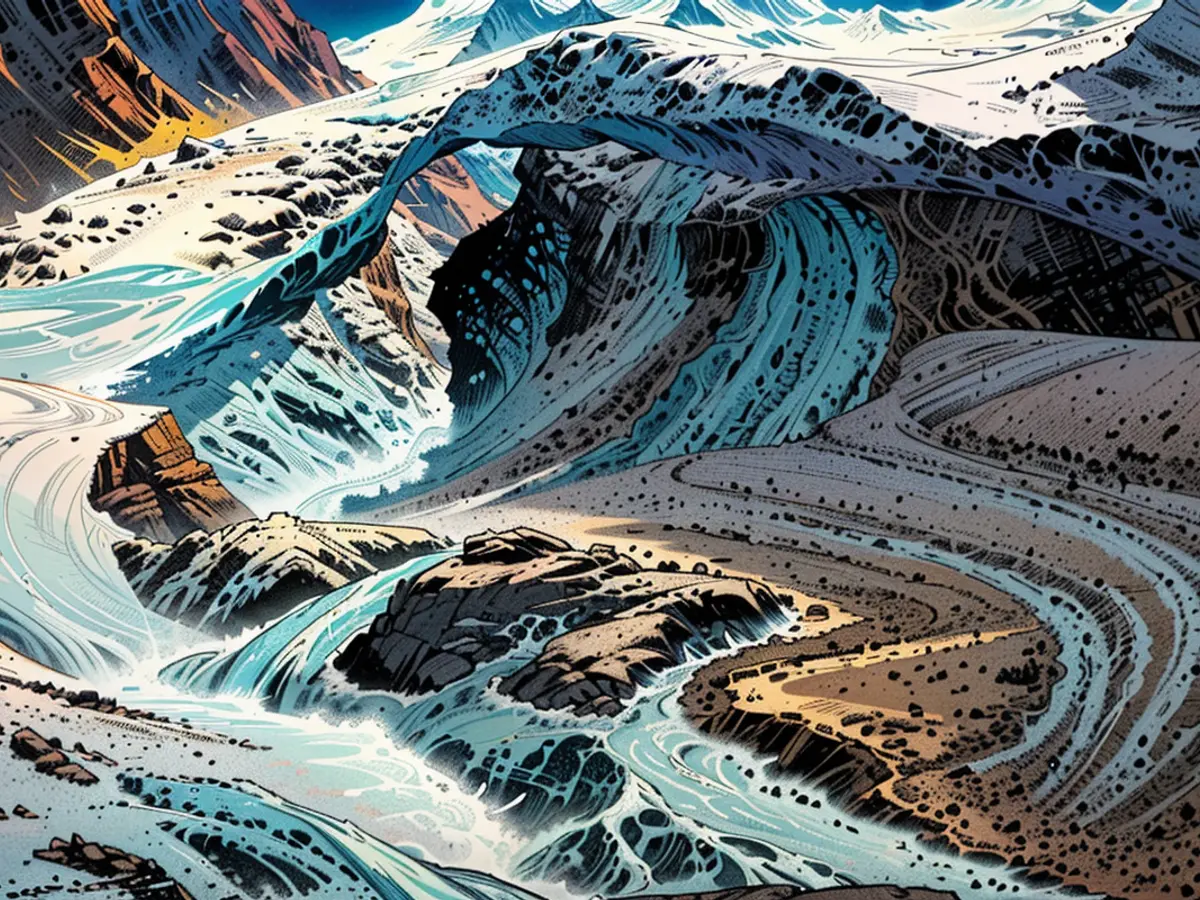- Andean glaciers shrinking at an unprecedented rate
Many glaciers in the South American Andes have shrunk to unprecedented levels. They are smaller than they have been in the past 11,700 years, according to an international research team that studied rock samples. "Our data suggests that many glaciers in the tropics are likely smaller now than they have been in the last 11,700 years," the team led by Andrew Gorin of the University of California, Berkeley, writes in the journal "Science". "This makes the tropics the first major region where this milestone has been documented."
Around 11,700 years ago, when the current Holocene epoch began with the warming following the last ice age, many glaciers and ice sheets, which extended from the north even to Central Europe, melted. In recent decades, the remaining ice masses have been shrinking particularly quickly.
Tropical glaciers may respond more quickly to climate change
"At least in most places in the Northern Hemisphere, glaciers are still larger than their minimum extent in the Holocene," the study authors write. Even the Quelccaya ice cap in southern Peru, the world's largest tropical ice field at around 40 square kilometers, was smaller at one point during the Holocene, according to a study published in 2023.
However, this does not necessarily apply to all glaciers in the Andes. Gorin and colleagues consider the Quelccaya ice cap, due to its large mass, a poor indicator of the state of the glaciers in the mountain range: "Many smaller tropical glaciers may respond more quickly to modern climate change than the Quelccaya ice cap and may have retreated by a larger portion of their total length as a result," they write. To test this, they took samples of rocks below the respective glacier tongue that were still under glacier ice a few years or decades ago. The glaciers are located in Colombia, Peru, and Bolivia.
The team analyzed the amount of radioactive isotopes beryllium-10 and carbon-14 in the samples. Both isotopes are formed by the action of cosmic radiation and are therefore found on the surface of rock that has been directly exposed to cosmic radiation. In most of the 20 samples, the amount of isotopes was very low, indicating that they had not been exposed to cosmic radiation for a long time - because they were previously covered by ice.
Warning for other regions
The scientists also took into account the erosion of the rock, which could have removed isotopes from the rock. However, the usual erosion rate in the region could only explain a small part of the low number of isotopes. Gorin and colleagues also see their work as a warning of what could happen to glaciers in other parts of the world in the future.
The rapid shrinkage of tropical glaciers in the Andes, like those in Colombia, Peru, and Bolivia, could serve as a warning for other regions experiencing climate change. These glaciers might respond more rapidly to climate change due to their smaller size.
The low levels of beryllium-10 and carbon-14 isotopes in the rock samples collected from these glaciers suggest that they have been significantly smaller in the recent past, potentially indicating a shift in their size and behavior due to changing climate conditions.







